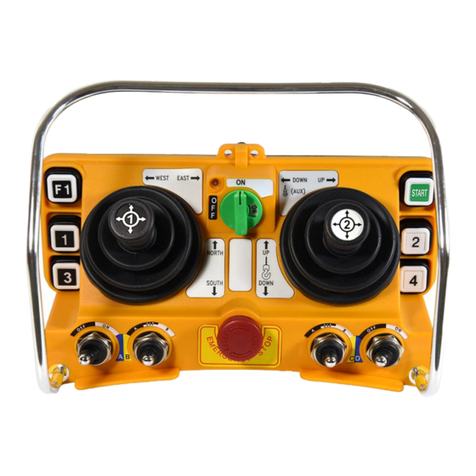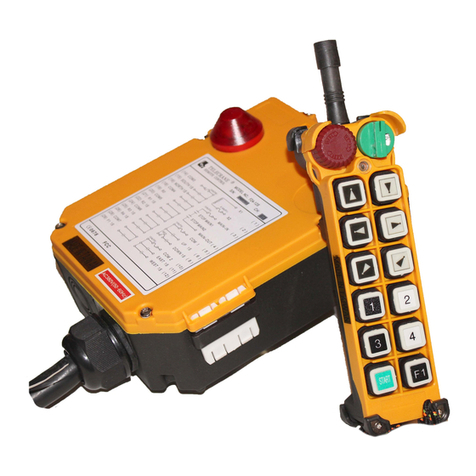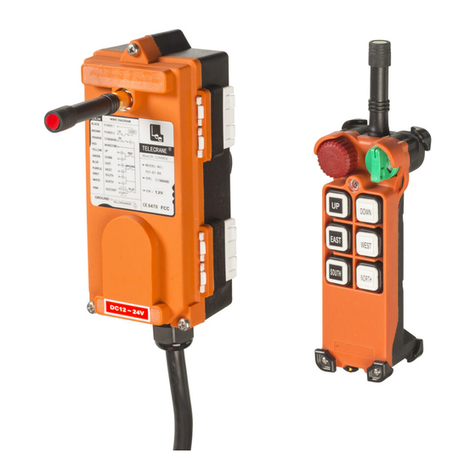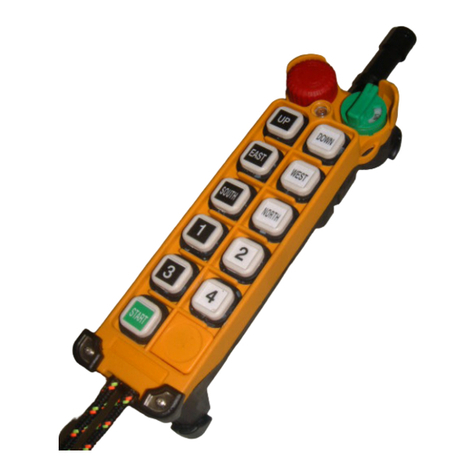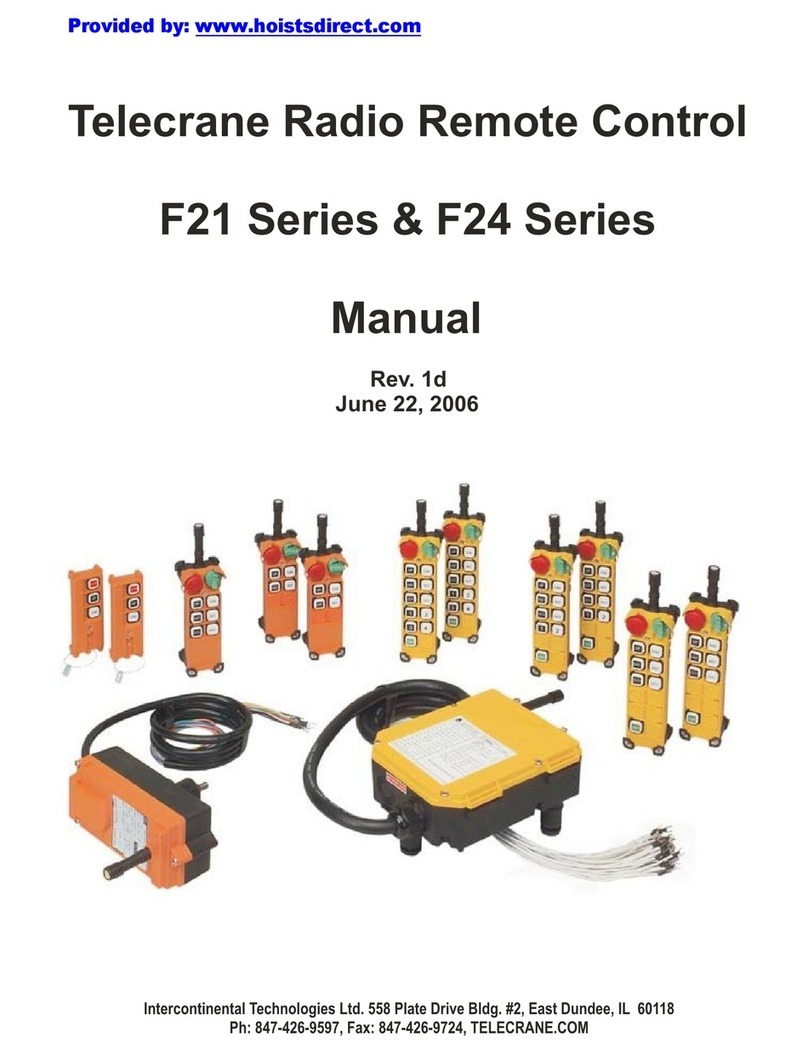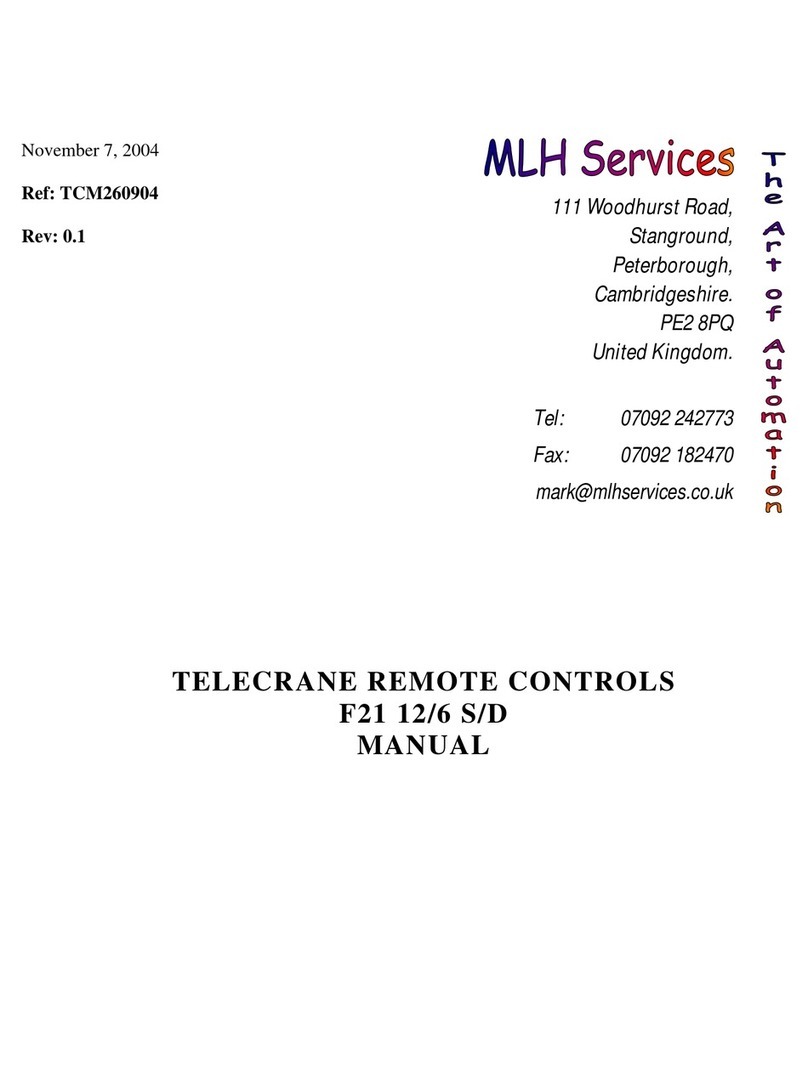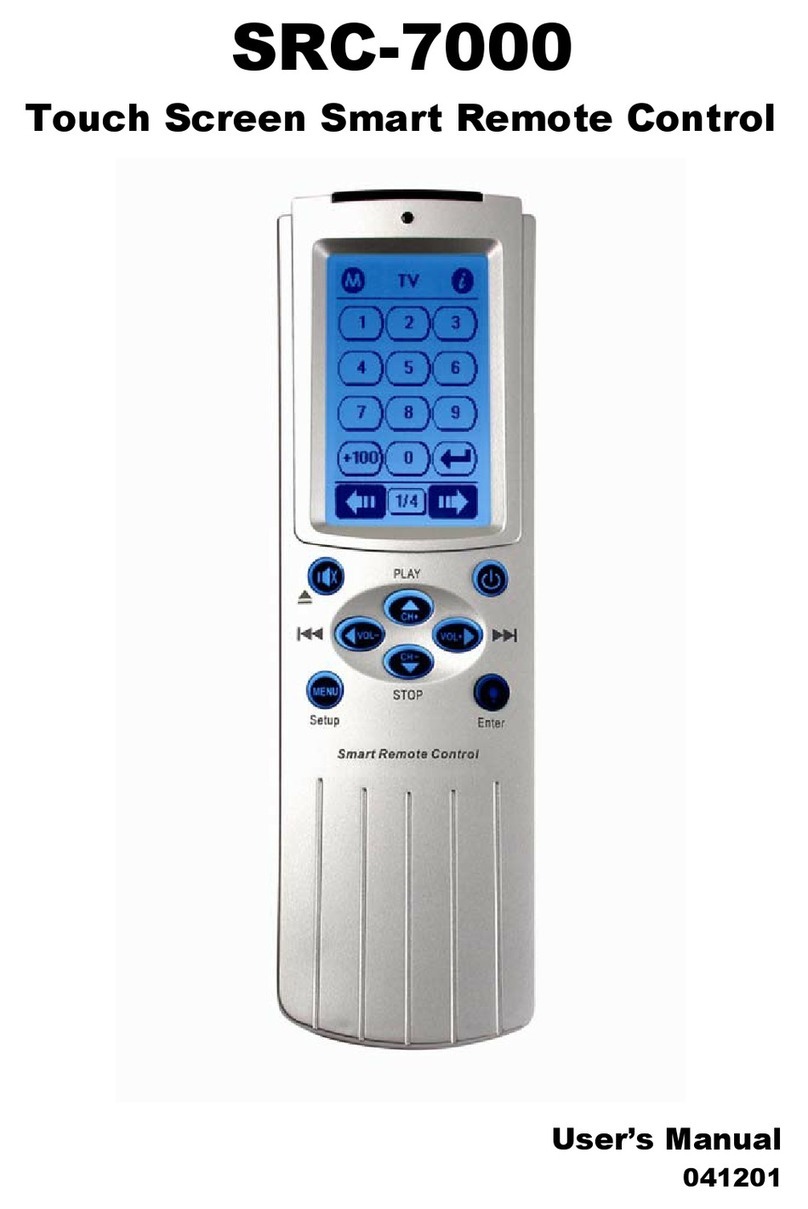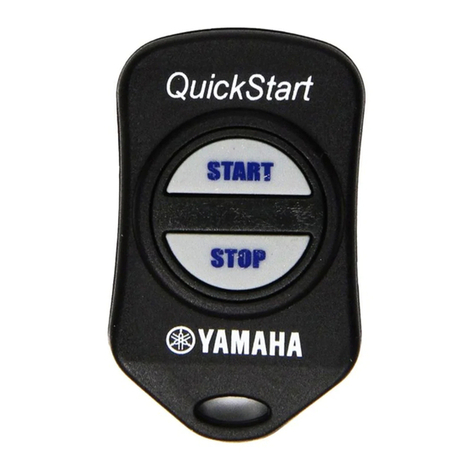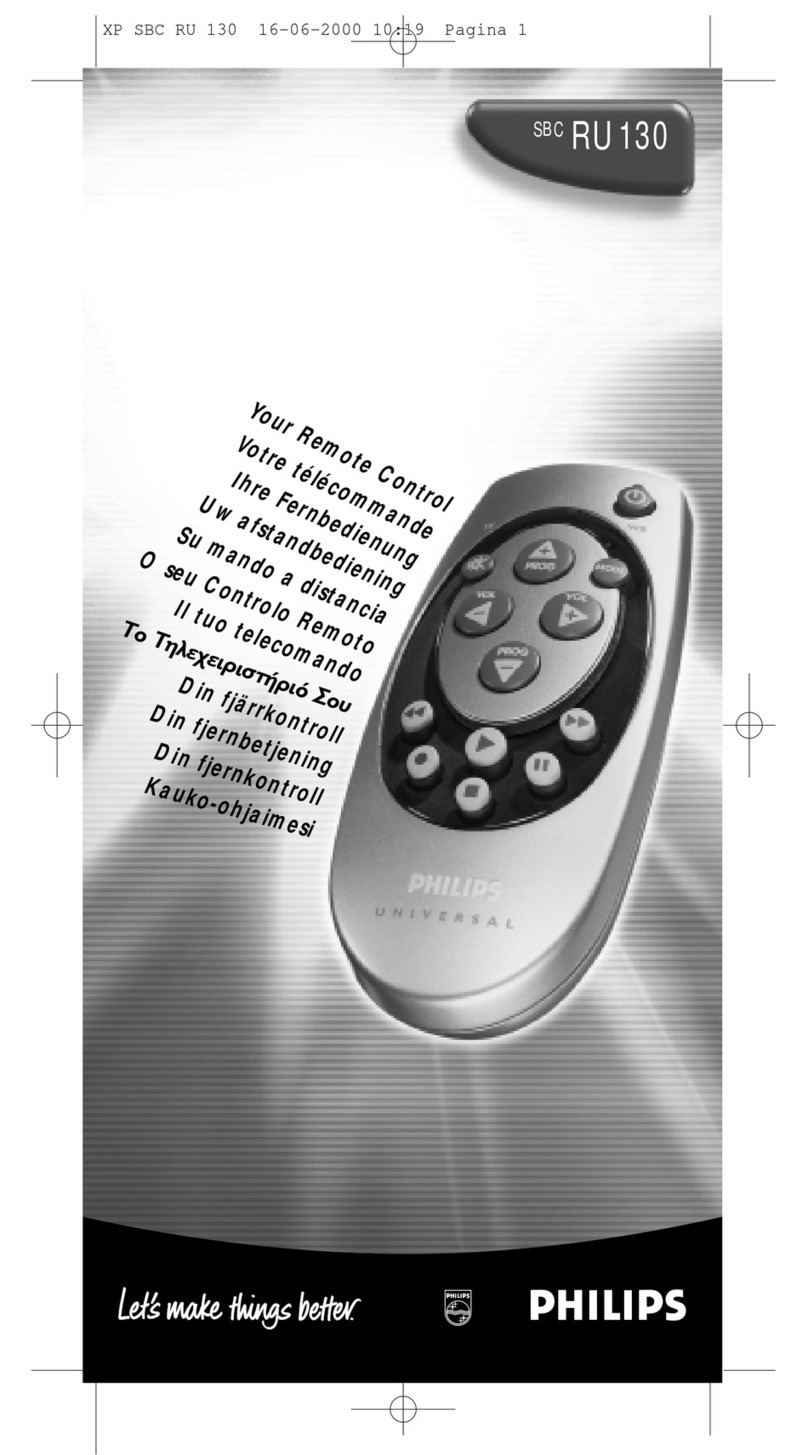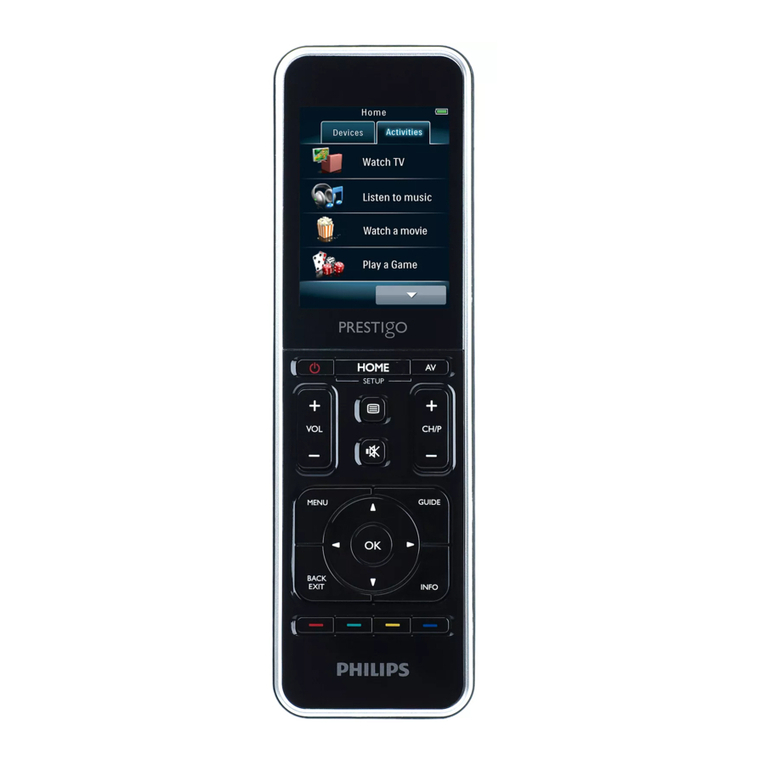
Part . Operator’s Manual
Chapter Warranty
1-1 Warranty
Lee’s Hi-Tech Enterprises Co., Ltd. guarantees that this product meets its
published specifications at the time of shipment from the factory. Under proper
installation it should work as expected.
1-2 Warranty Period
This equipment is warranted against defects in material and manufacturing for a
period of one year from the date of shipment. During the warranty period,
TELECRANE is responsible for necessary repairs as long as the product can be
proved to be defective.
For warranty service or repair this product must be returned to a service facility
designated by TELECRANE. Buyer will pay shipping charges to TELECRANE
while TELECRANE will pay return shipping charges.
1-3 Excluded Items
This warranty does not include consumptive parts such as batteries, fuses, buttons,
and relays. Also this warranty does not cover defects caused by improper
installation, improper or insufficient maintenance, unauthorized modification,
improper operation, ignorance of environmental specifications, or improper
software or interfacing.
1-4 Remarks
◎
No other warranty is expressed or implied, except for the above mentioned.
◎ The remedies provided herein are the buyer’s sole and exclusive remedies.
TELECRANE shall not be liable for any direct, indirect, special, incidental or
consequential damages.
